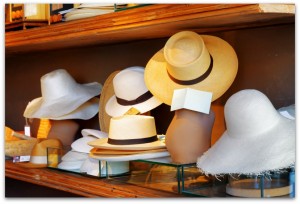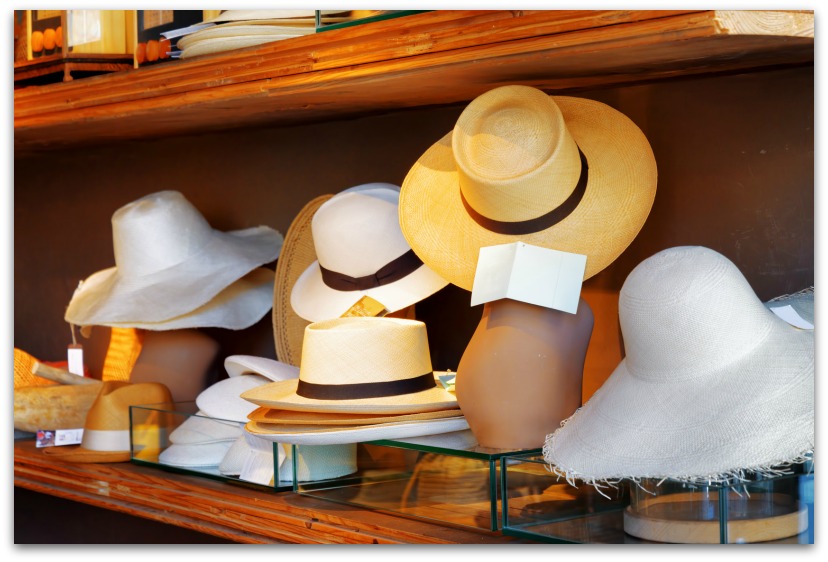Uncle John knows pretty much everything—and if he doesn’t, he heads his massive research library, or puts one of his many associates on the case. So go ahead: In the comments below, ask Uncle John anything. (And if we answer your question sometime, we’ll send you a free book!)
Why are hat sizes so odd?

People are a lot of different sizes, but in spite of that, their heads really are not all that different. Nearly all adult heads have a circumference that sits somewhere within a five-inch range. That’s not a lot of variance, and why had sizes are so much more precise and specific, at least compared to a “size 4” dress or a “medium” shirt.
Hat sizes in the U.S. are listed by quarter inch. The smallest fitted size generally available for adults is a 6-3/4, and the largest is an 8. A “one size fits most” hat is usually around a 7-1/8 or 7-3/4. Every little bit matters in hat sizing, so that’s why hat sizes are so much more precise and specific, unlike a “size 4” dress or a “medium” shirt. But those actual sizes are not an actual, direct number, like the waist size listing on a pair of pants. It’s a number derived by measuring the circumference of a head to the nearest eighth of an inch, and then dividing by pi (the figure by which all circular measuring begins).
It makes a little more sense in Europe—hats there are sized by circumference in centimeters. (Except in France, which has a similar quirky hat sizing system that measures hats from 0 up to 9-1/2.)








